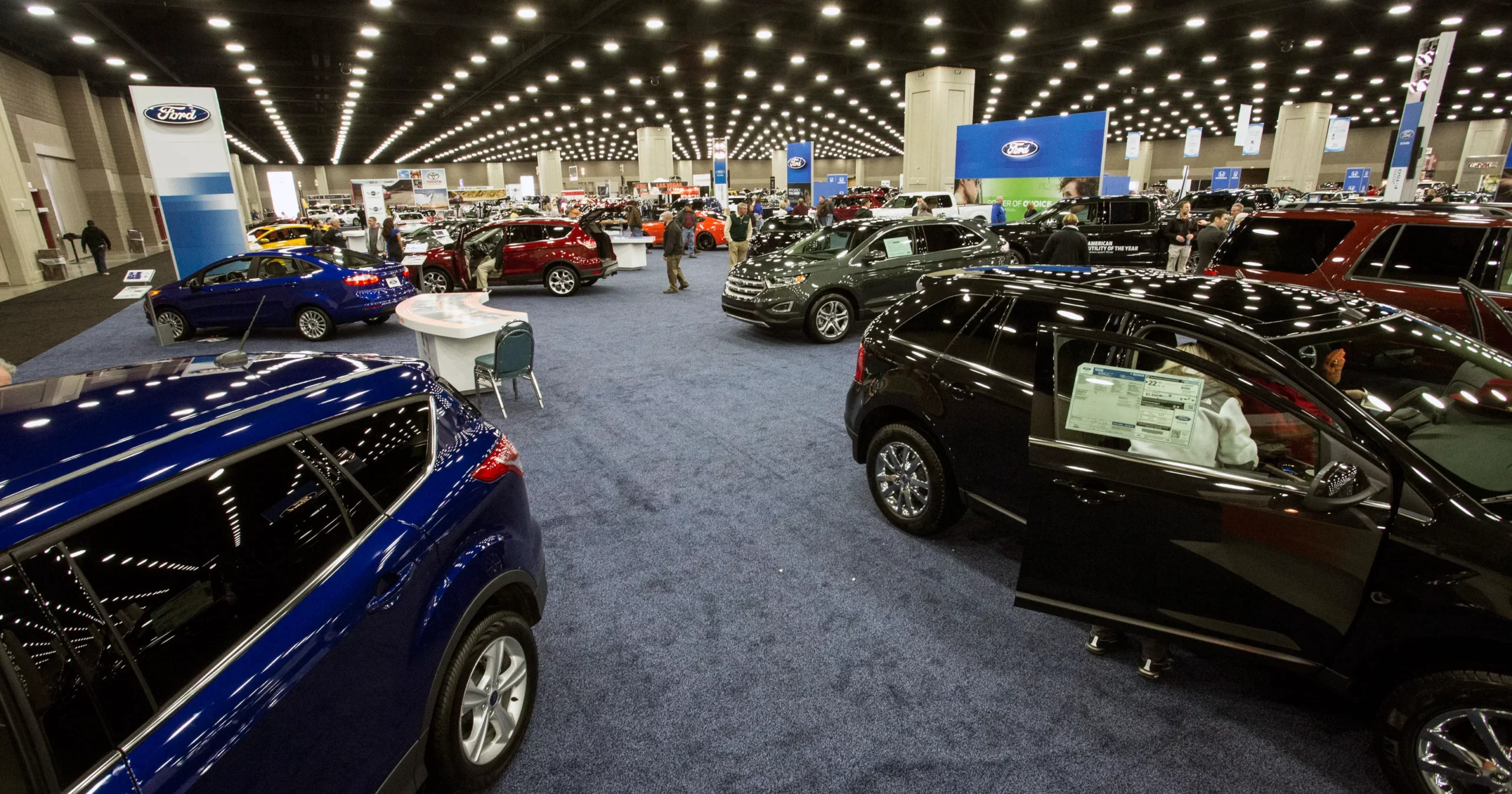Swapping an engine in a vehicle is a complex and labor-intensive task that requires specialized skills and tools. Whether you’re upgrading your car’s engine or replacing a worn-out one, it’s essential to have a clear understanding of the labor costs involved. In this article, we’ll explore the factors that influence labor cost to swap engine and provide insights to help you budget for this automotive endeavor.
The Complexity of Engine Swaps
Engine swaps are not one-size-fits-all procedures. The cost and complexity can vary significantly depending on various factors, including:
- Vehicle Type: The type, make, and model of your vehicle play a crucial role. Swapping an engine in a compact car will generally be less expensive than in a high-performance sports car or a large truck.
- Engine Type: The cost of the replacement engine itself can vary widely. Rebuilding an existing engine or opting for a used engine is often more budget-friendly than purchasing a brand-new engine.
- Compatibility: Ensuring that the replacement engine is compatible with your vehicle is essential. If modifications or custom work is required to fit the new engine, it can increase labor costs.
- Skill Level: The expertise of the mechanic or technician performing the swap is a significant factor. Experienced professionals may charge higher labor rates, but their expertise can reduce the risk of complications during the swap.
- Labor Hours: Engine swaps can take anywhere from a few days to several weeks, depending on the complexity of the project. Labor costs will vary accordingly.
- Additional Components: Swapping an engine often involves replacing or upgrading other components like the transmission, exhaust system, and cooling system, which can add to the overall cost.
- Labor Rates: Labor rates for automotive work can vary by location and the specific shop or mechanic you choose. Urban areas tend to have higher labor rates compared to rural areas.
- Shop Overhead: The cost of operating a shop, including rent, utilities, and equipment, can influence labor rates. Larger, well-equipped shops may charge more than smaller, independent mechanics.
Read Also: Unleashing the Power of the K-Swap Engine A Guide to Performance and Versatility
Estimating Labor Cost To Swap Engine
To get an accurate estimate of the Labor Cost To Swap Engine, it’s crucial to consult with a qualified mechanic or automotive technician. They can assess your specific situation, including the condition of your vehicle and the engine you intend to install, and provide you with a detailed quote.
Here are some general guidelines to consider:
- Obtain Multiple Quotes: It’s advisable to get quotes from multiple mechanics or repair shops to compare labor rates and services offered.
- Ask for a Detailed Breakdown: Request a breakdown of the labor costs, including the estimated number of hours required for each task.
- Consider Hidden Costs: Be prepared for potential hidden costs, such as unforeseen complications or the need for additional parts or components.
- Factor in Miscellaneous Expenses: Budget for expenses like towing, fluids, gaskets, seals, and other miscellaneous items that may be needed during the swap.
- Plan for Contingencies: It’s a good idea to set aside some extra funds for unexpected expenses that may arise during the engine swap.
Labor Cost To Swap Engine an engine is a significant undertaking that involves various factors affecting labor costs. To ensure a smooth and cost-effective engine swap, consult with experienced professionals, obtain multiple quotes, and budget for potential additional expenses. By doing so, you can confidently embark on your engine swap project with a clear understanding of the labor costs involved and make informed decisions throughout the process.











